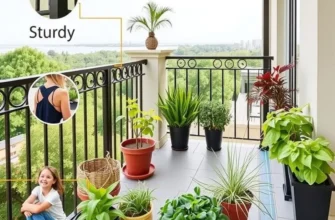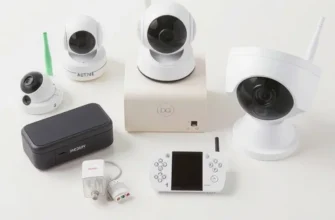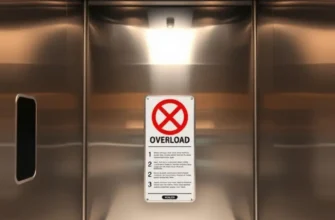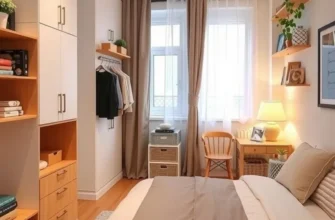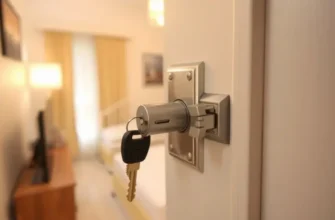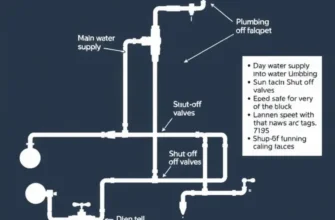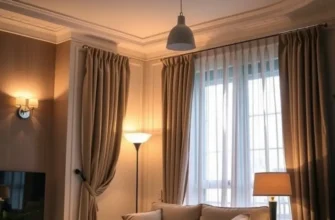Ensuring proper ventilation in your apartment is essential for maintaining a healthy and comfortable living environment. Poor air circulation can lead to issues such as mold growth, increased allergens, and unpleasant odors. For renters, staying proactive about ventilation is crucial for not only ensuring personal comfort but also fulfilling the safety obligations of your rental agreement. Learning how to maintain and improve your apartment’s ventilation does not have to be cumbersome or intimidating. With simple, actionable steps, you can create a breathable space that safeguards your health while providing peace of mind. By understanding your ventilation system and recognizing when maintenance is necessary, you can foster a secure atmosphere that contributes positively to your everyday life. This guide offers practical insights that cater specifically to renters, focusing on manageable tasks that align with your safety and security concerns.
Understanding Your Apartment’s Ventilation System
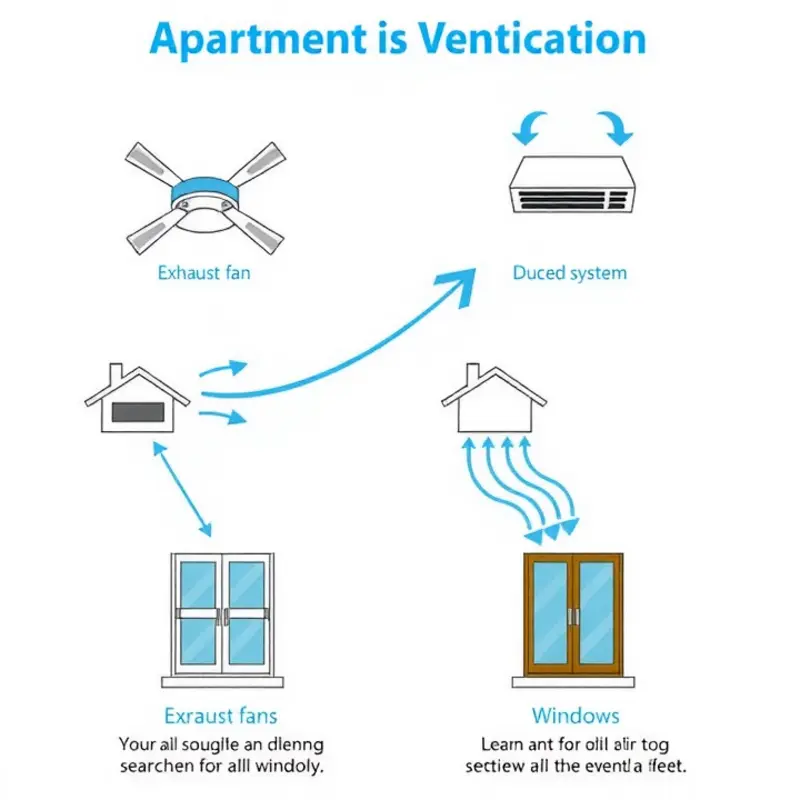
As a renter, it’s crucial to be familiar with your apartment’s ventilation system. Proper airflow can significantly impact your comfort and health, and understanding these systems can aid in maintaining them effectively. Apartments often employ various ventilation systems, each addressing different needs.
Commonly, you’ll encounter either exhaust, supply, or balanced systems. Exhaust ventilation systems are prevalent in older buildings and smaller units, using fans to expel indoor air, particularly from high-moisture areas like kitchens and bathrooms. Although cost-effective, they may pull in outdoor air through unintended cracks, potentially bringing in pollutants.
On the other hand, supply ventilation systems bring outdoor air inside, pushing the stale air out through leaks or the building’s natural ventilation. They enhance air quality if the air from outside is clean but can introduce moisture in humid climates, leading to condensation and mold issues.
For optimal airflow, balanced ventilation systems maintain equilibrium by introducing and exhausting equal amounts of air. These systems typically incorporate heat recovery mechanisms, making them energy efficient. However, they’re more complex and less common in rental properties due to installation costs.
Without adequate ventilation, indoor air quality can deteriorate. Insufficient airflow leads to an accumulation of moisture, contributing to mold growth. Mold not only damages your belongings but poses health risks like allergies and asthma. Similarly, poor ventilation allows volatile organic compounds (VOCs) from cleaning products, paints, and reactive building materials to accumulate, causing headaches or respiratory issues over time.
Be mindful of telltale signs of ventilation problems, such as lingering odors, condensation on windows, or persistent dust. These symptoms indicate the need for immediate action to prevent further issues. Additionally, ensure maintenance of any existing fans and ducts, keeping them clean and obstruction-free. While significant updates might fall under the landlord’s responsibilities (refer to Landlord and Tenant Responsibilities), renters can take simple steps like using exhaust fans when cooking and opening windows to improve ventilation.
Understanding the operations and limits of your apartment’s ventilation system paves the way for effective maintenance. Awareness enables you to take preventative steps, ensuring your living environment remains comfortable and safe, aligned with the advice in the upcoming sections.
Simple Maintenance Tips for Healthy Airflow

Maintaining a healthy airflow in your apartment is vital for both safety and comfort. By proactively managing your ventilation system, you can ensure your living space remains a sanctuary of fresh air. One of the simplest yet most effective strategies is regularly cleaning your vents. Dust and debris can accumulate over time, obstructing airflow and reducing ventilation efficiency. Use a vacuum with a brush attachment to clean the vent covers and a long, flexible brush to reach deeper into ducts.
Another tip to improve indoor air quality is using air purifiers. These devices can filter out allergens, dust, and other pollutants, providing you with cleaner air. When selecting an air purifier, consider the size of your apartment and the type of filter that best suits your needs, such as HEPA filters for allergens.
Periodically check for common obstructions that may impair airflow. Furniture can block vents, reducing heating and cooling efficiency. Rearrange your space to ensure vents are unobstructed. Additionally, be mindful of window coverings; curtains should not block airflow from window-mounted AC units.
Recognizing signs of poor ventilation can prevent more significant issues. Humidity build-up often indicates inadequate airflow. Excessive moisture can lead to mold growth and musty odors, which are both health hazards. Ensure bathroom fans and kitchen exhausts are functioning correctly to mitigate humidity. If you notice persistent humidity or odors, it might be worth seeking professional assistance to address hidden problems.
Musty odors can also be a red flag for poor ventilation. These odors often result from stagnant air and can usually be remedied by increasing airflow. Open windows when weather permits or use exhaust fans to refresh indoor air. For more tips on managing odors, consider exploring resources such as managing apartment odors.
Include routine checks of your apartment’s ventilation system as part of your home maintenance plan. Keep an eye on filter replacement schedules for any built-in HVAC systems or portable air purifiers. Regular maintenance not only enhances air quality but also extends the lifespan of your devices, ensuring that your living space remains comfortable and safe.
In practicing these maintenance tips, you actively contribute to a healthier and more pleasant living environment. Managing airflow is an ongoing task, yet with these steps, you bring peace of mind and clarity to your home, ensuring it is not only a place to live but a place to thrive.
Final words
Maintaining a well-ventilated apartment is essential for your health and overall comfort. By understanding your specific ventilation system and proactively taking simple maintenance steps, you can ensure a breathable, safe, and inviting living space. Cultivating good air quality should be part of your routine as a renter, not just a seasonal task. Regular checks and housekeeping can prevent discomfort due to poor airflow and prolong the life of your apartment’s ventilation systems. Remember, when you prioritize your living environment, you foster a healthier and happier home.


